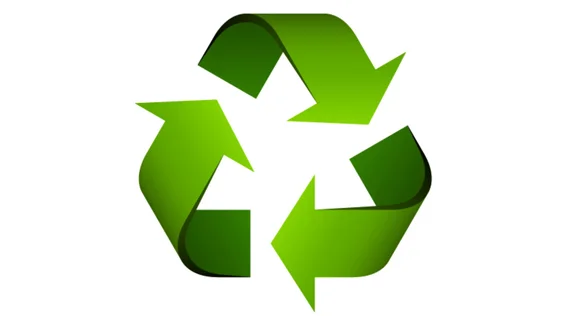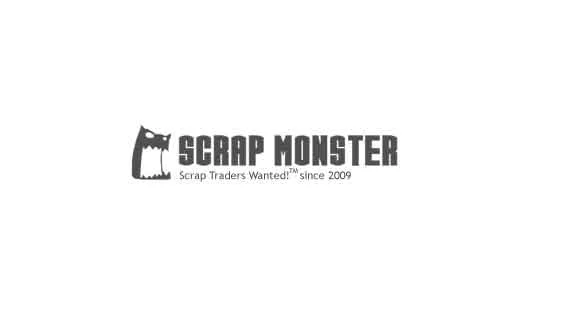
SEATTLE (Waste Advantage): The U.S. Environmental Protection Agency has estimated that only 32 percent of materials that include glass, plastic, cardboard, metals, and paper, are recycled in the U.S. With so little of potentially recyclable waste being pulled aside for reuse, it is crucial that these items are strategically managed. It is challenging to manage production wastes cost-effectively and in an environmentally sustainable manner. Private companies looking to capitalize on a circular economy and zero waste strategies need production-compatible solutions. These companies are looking for solutions to promote sustainable practices in pursuit of net zero goals.
Private companies can enhance recycling efforts by adopting several strategic approaches that align with production efficiency. It is crucial for these companies to collaborate across different departments, and to work closely with production, facility management, workplace teams and other key interested parties to identify waste streams and manage them effectively. This open communication keeps waste management strategies from disrupting a facility’s core production processes.
Identifying Strategic Solutions
Waste management professionals should tailor strategies to fit specific processes within the company. Incorporating waste management into a 5S methodology process (sort, set in order, shine, standardize, and sustain) involves educating production workers on how to complete efficient waste reduction practices. For example, after unboxing materials, clear guidelines should be in place for labeling and disposing of packaging waste.
When it comes to disposal, landfill expenses can be reduced by decreasing hauling costs and increasing recycling. Investing in compaction equipment can significantly reduce hauling costs by maximizing the value of recyclable materials and minimizing the volume of waste. A thorough, holistic waste stream evaluation should also be completed to help identify opportunities to reduce packaging or redesign it to minimize waste. This approach includes identifying ways to compact materials more efficiently through optimized sorting or handling. It is often better to start with simple, cost-effective strategies to reduce waste before considering more expensive equipment.
Generating Recycling Revenues
The development of a commodity market can help to generate recycling revenues. Understanding and developing commodity markets can unlock additional revenue streams for companies. Private companies should be aware of the value of materials like cardboard, scrap metal, or other recyclables. Developing markets for these commodities allows a company to capture more value, increasing its recycling revenues.
Recycling companies may not be transparent about market trends. A company should stay informed about commodity prices to check that it is getting the highest possible return on its recyclable materials. Companies can follow on social media and subscribe to industry trade media such as Waste Advantage Magazine to stay up to date on recycling commodity trends.
Increasing Return on Investment (ROI)
To maximize ROI on waste management equipment, companies should integrate recycling and waste management planning into overall facility development. Companies should view recycling and waste as a byproduct of production that needs to be accounted for by engineering material flow, facility layout, and processing equipment requirements. Recycling and waste volumes can be projected to align the engineering needs. Also, facilities can anticipate recycling and waste generation locations and plan signage and collection containers in factory layouts. For example, wastewater discharge must be engineered as a production byproduct, so should recycling and solid waste be accounted for. Integrating waste management into the facility’s initial design helps minimize unplanned costs and sees that waste streams are managed efficiently from the start.
Waste management professionals should also be assessing the potential revenue from managing waste streams and comparing it against the cost of equipment. For example, a piece of compaction equipment may cost $10,000, but pays for itself within six months. The piece of equipment then generates ROI through transportation hauling cost reduction savings and opening up a waste material for commodity sale instead of disposal.
Positively Impacting the Environment
Adopting zero waste and circular economy principles leads to substantial environmental benefits. Moving away from a cradle-to-grave waste management approach to a circular economy mindset promotes sustainability that is going to push the recycling industry toward a more sustainable and profitable future. This shift means viewing waste as a resource that can be managed and reintegrated into the production life cycle. This approach not only reduces waste, but also lessens the environmental impact associated with resource extraction and processing.
By viewing recycling and waste as a part of the production process, companies can minimize waste management expenses by evaluating opportunities for waste minimization, material handling plans, facility layouts, and processing equipment. Companies may also realize recycling commodity financial value through recycling capture, compaction equipment, and vendor contract management.
Courtesy: www.wasteadvantage.com



| Copper Scrap View All | |
| Alternator | 0.41 (0.01) |
| #1 Copper Bare Bright | 4.30 (0.1) |
| Aluminum Scrap View All | |
| 356 Aluminum Wheels (Clean) | 0.80 (0) |
| 6061 Extrusions | 0.70 (0) |
| Steel Scrap View All | |
| #1 Bundle | 360.00 (0) |
| #1 Busheling | 380.00 (0) |
| Electronics Scrap View All | |